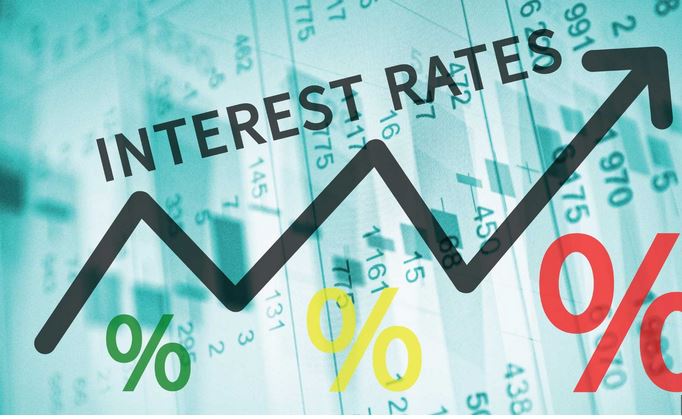A change in interest rates by any of the world’s most influential central banks can significantly influence the foreign exchange market.
Usually, these rate changes follow several economic indicators observed throughout the month. They can have immediate and profound effects on the market.
Unexpected interest rate changes can substantially impact traders, so it’s important to understand how to anticipate and react to them.

Why are interest rates important to Forex traders?
Traders usually use the term interest rate about central bank interest rates. In forex trading, interest rates are extremely important because when the expectation of interest rates changes, the currency generally follows suit. The central bank can use several monetary policy tools to influence interest rates, including:
● Open market operations:
A process of buying and selling securities in the market to influence interest rates.
● The discount rate:
Those rates are applied to loans obtained through the lending facility of the local Federal Reserve Bank by commercial banks and other depository institutions.
The central bank is responsible for controlling inflation and maintaining a stable exchange rate in their country by changing interest rates and managing the nation’s money supply. Central banks can restrict the economy and reduce inflation by increasing the central bank rate (using their policy tools) when inflation is ticking upwards, above their target.

Interest rates and the economic cycle
Economic growth is either positive or negative. Economic expansion means everyone is better off, while economic contraction (recession) means they are worse off. By managing interest rates, the central bank keeps inflation in check while allowing the economy to grow steadily.
When economies grow (GDP growth positive), consumers start earning more. More income leads to more spending, which results in more money chasing fewer goods, causing inflation. As inflation can be disastrous if unchecked, the central bank raises interest rates to keep it at its target level, usually 2%. When interest rates increase, borrowing becomes more expensive, and spending and inflation are reduced.
A negative inflation rate causes deflation (negative inflation) when the economy contracts. To spur spending and investment, the central bank lowers interest rates. Companies start lending money at low-interest rates to invest in projects, creating jobs, growth, and ultimately inflation.
Trading strategies for foreign exchange interest rates
The forex market offers traders the opportunity to trade interest rate news releases, buying or selling currencies as soon as the release is made. To shift market expectations, advanced forex traders may try to predict changes in central banker tone. Traders will monitor key economic variables like inflation and trading before central bankers speak.
After the interest rate result, waiting for a pullback on the currency pair is another method. Traders could wait for the currency to depreciate before buying the currency, anticipating that the currency would continue to appreciate if the central bank unexpectedly hiked rates, anticipating the currency would continue to appreciate.
Bottom line
Interest rate decisions are not as important as expectations for future rate moves. A currency trade with an increased interest rate differential could increase the likelihood of a successful deal. It is important to stay up to date with the latest economic data to forecast potential changes in market expectations.


